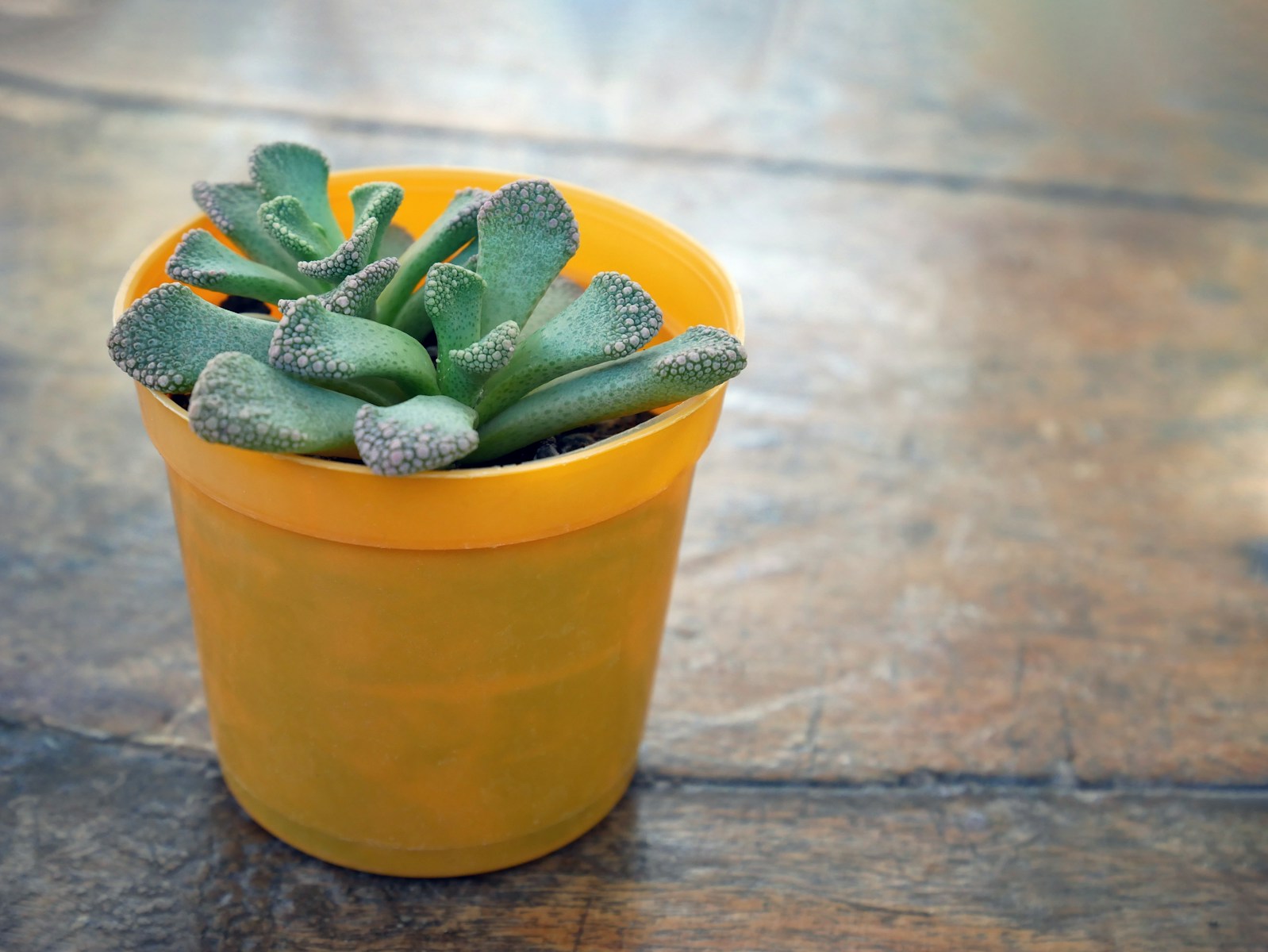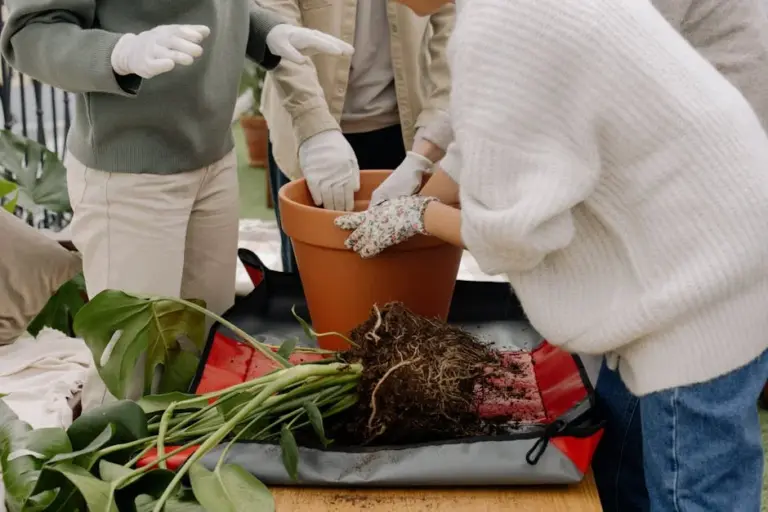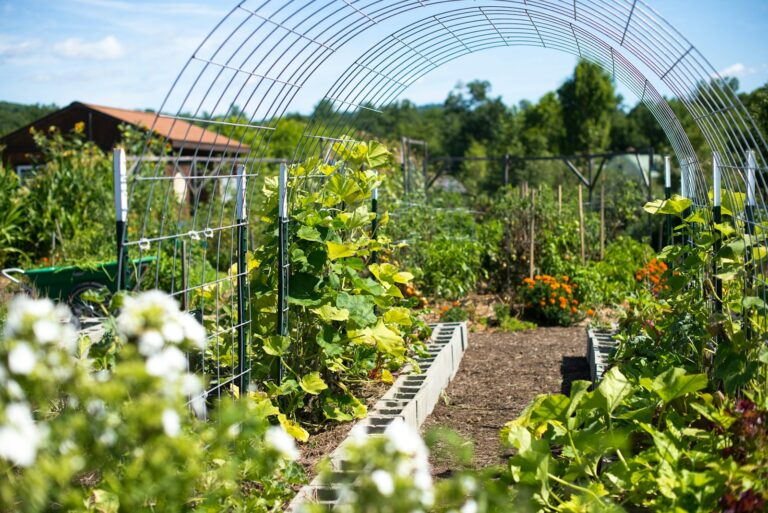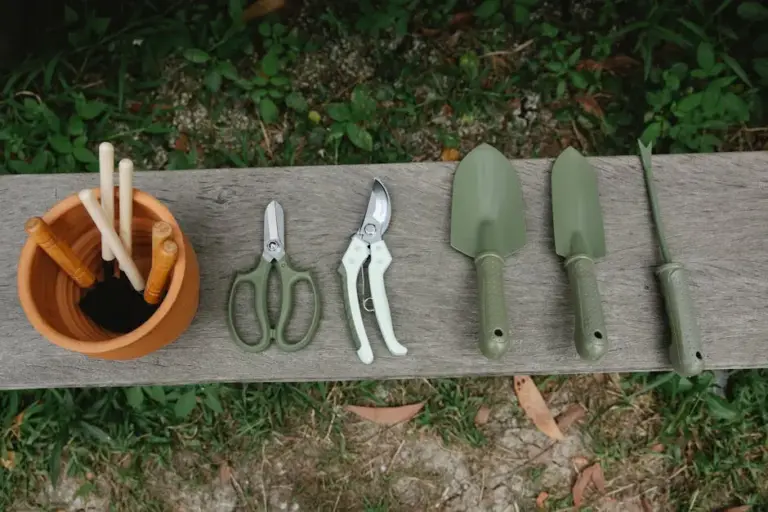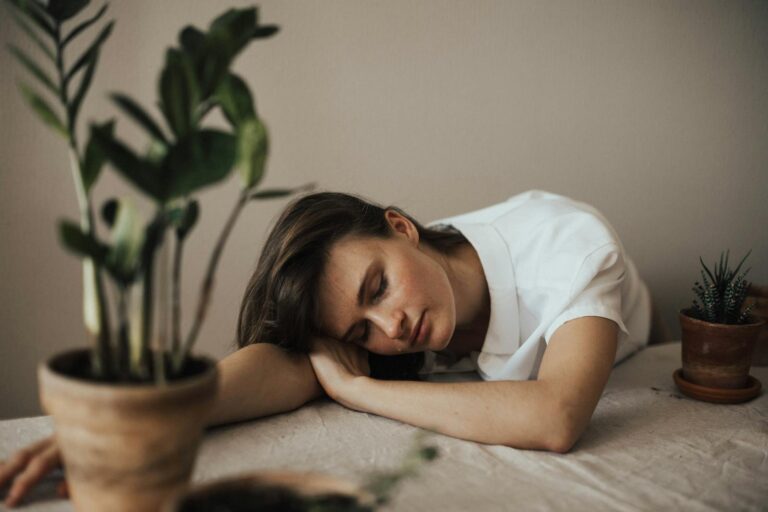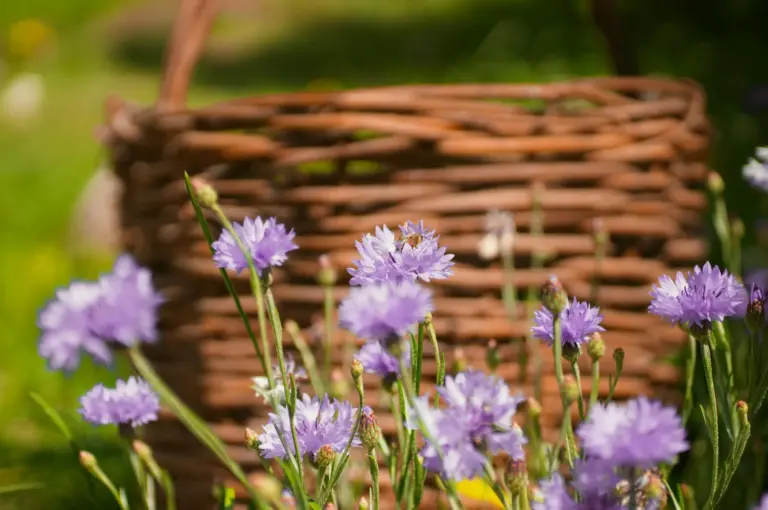How to Choose the Right Containers for Your First Garden Made Easy and Fun
Starting a garden is exciting but figuring out which containers to use can be confusing. Maybe you’ve got a tiny balcony, a sunny patio, or just a windowsill to work with.
The type of container you pick makes a big difference in how your plants grow. The right choice means less stress and more healthy plants, whether you’re growing flowers, herbs, or veggies.
Choose containers with proper drainage holes to prevent waterlogging
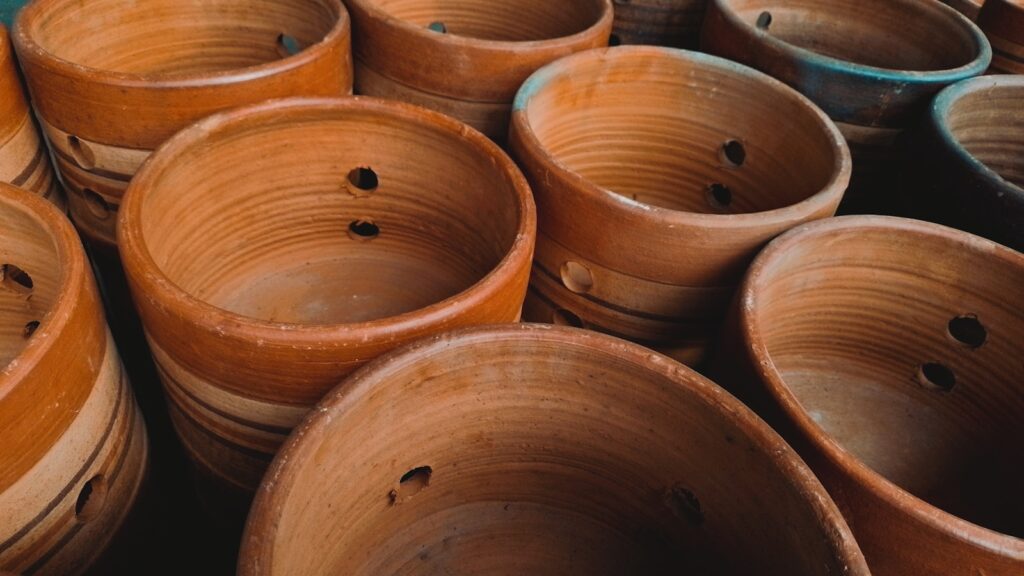
Check the bottom of any container for drainage holes. These holes let extra water escape so your plants don’t sit in soggy soil.
If water gets trapped, roots can rot and plants struggle to survive. Good drainage is key to keeping your plants healthy.
You can find containers with different numbers and sizes of holes. If you fall in love with a pot that has no holes, you can usually add some with a drill.
Drainage helps roots get enough air and makes a big difference in how well your plants do.
Select container size based on the plant’s root growth needs
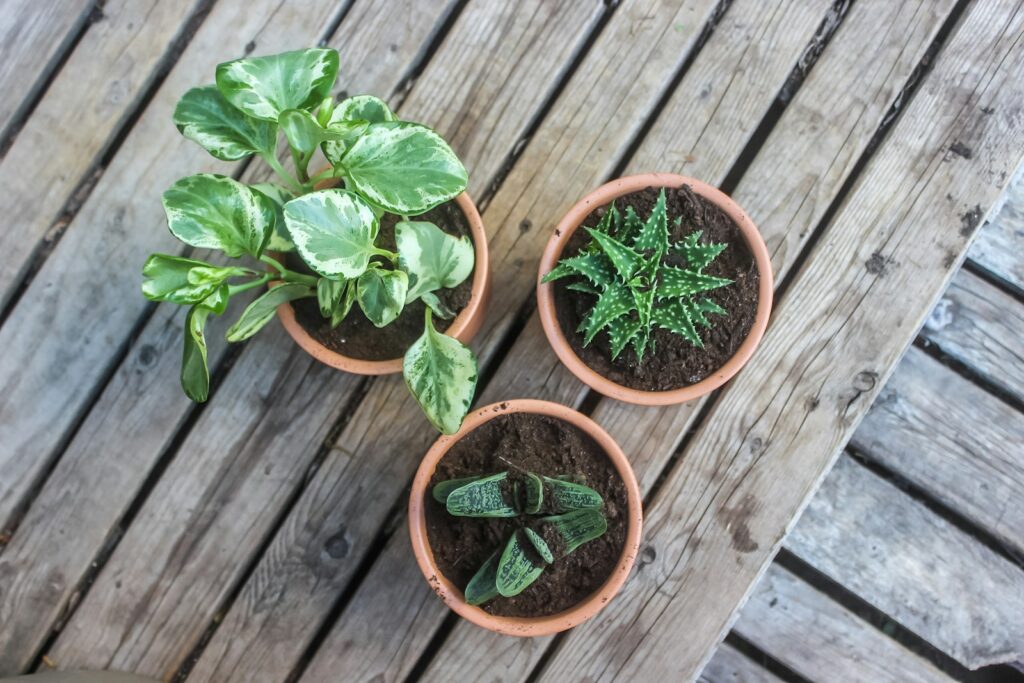
Think about how big your plant’s roots will get before picking a pot. Crowded roots can stop your plant from growing well.
Big plants like tomatoes need larger containers, at least five gallons. Herbs like parsley do better in deep pots, while lettuce and carrots also need extra depth.
Smaller herbs can use medium pots, but always check how big the rootball is. The right size keeps roots happy and your plant growing strong.
Use lightweight materials like plastic for easy mobility
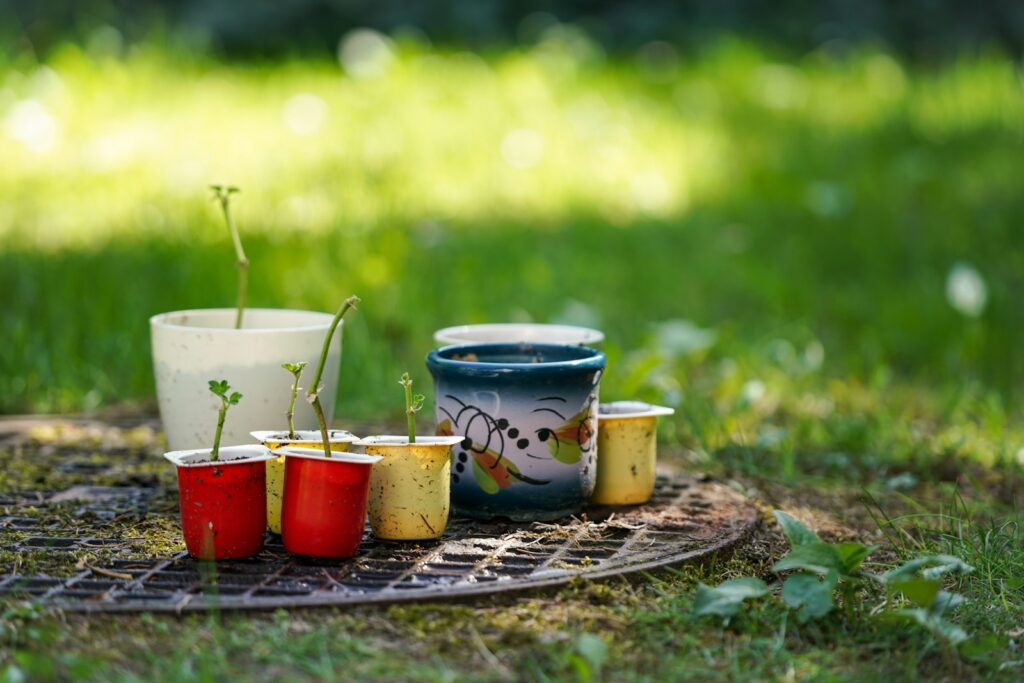
If you want to move your garden around or rearrange things, go for lightweight containers. Plastic pots are easy to lift, even when filled with soil.
They’re also less likely to break if dropped and come in lots of styles and colors.
Lightweight containers make it simple to bring plants indoors during storms or switch up your garden layout. This keeps gardening fun and less tiring.
Opt for terracotta pots for better breathability
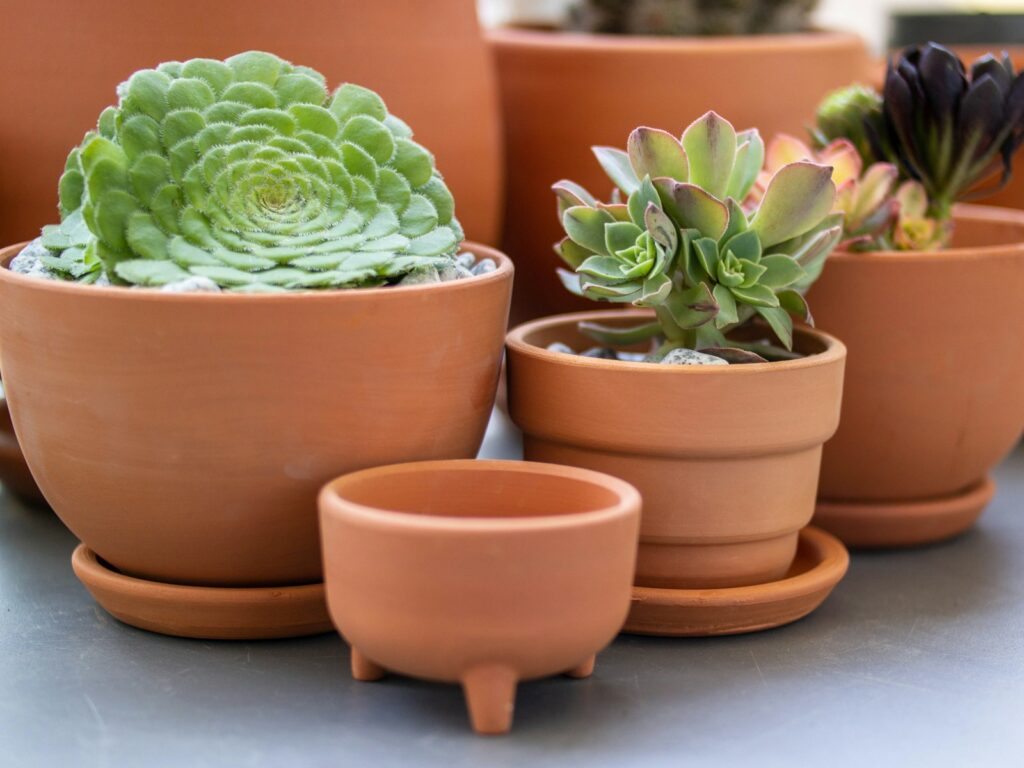
Terracotta pots are a favorite for a reason. Their porous material lets air and moisture move through, which helps roots breathe.
This breathability can prevent root rot and keep your plants healthier. Terracotta also helps regulate soil temperature, protecting plants from heat or cold.
These pots can dry out faster than plastic ones, so check your plants more often and water as needed.
Avoid containers that are too small to allow healthy growth
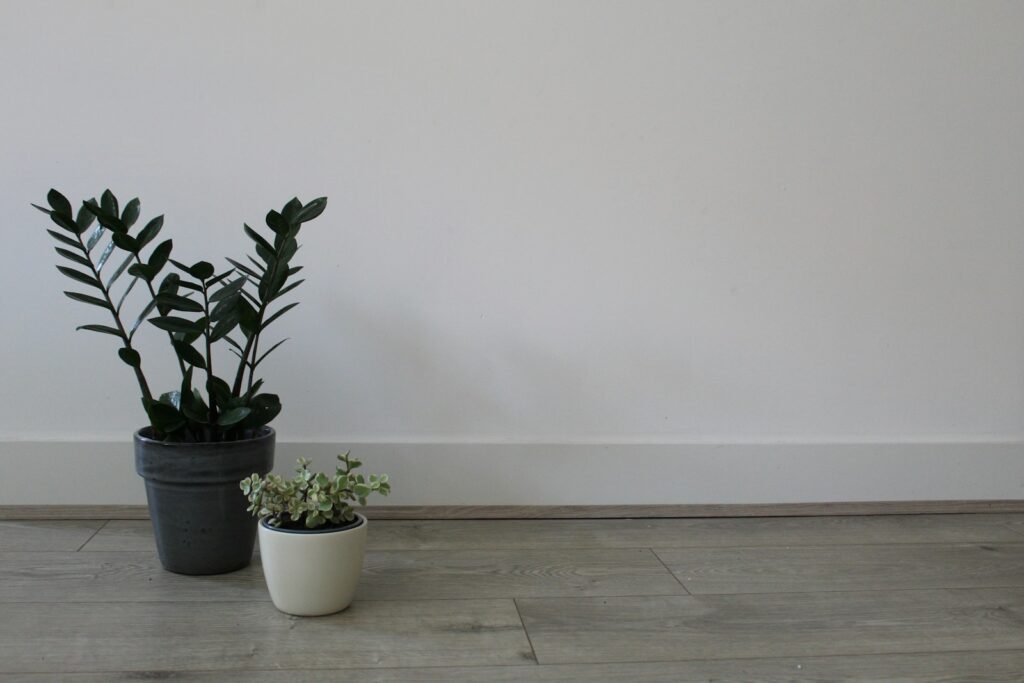
Small containers might look cute, but they can cramp your plant’s roots. When roots circle the pot, your plant can’t get enough water or nutrients.
This can stunt growth and make your plant look sad. Bigger pots give roots room to stretch, which leads to stronger, healthier plants.
Choosing the right size also means you won’t have to repot as often. It’s easier for both you and your plants.
Consider self-watering containers for low maintenance
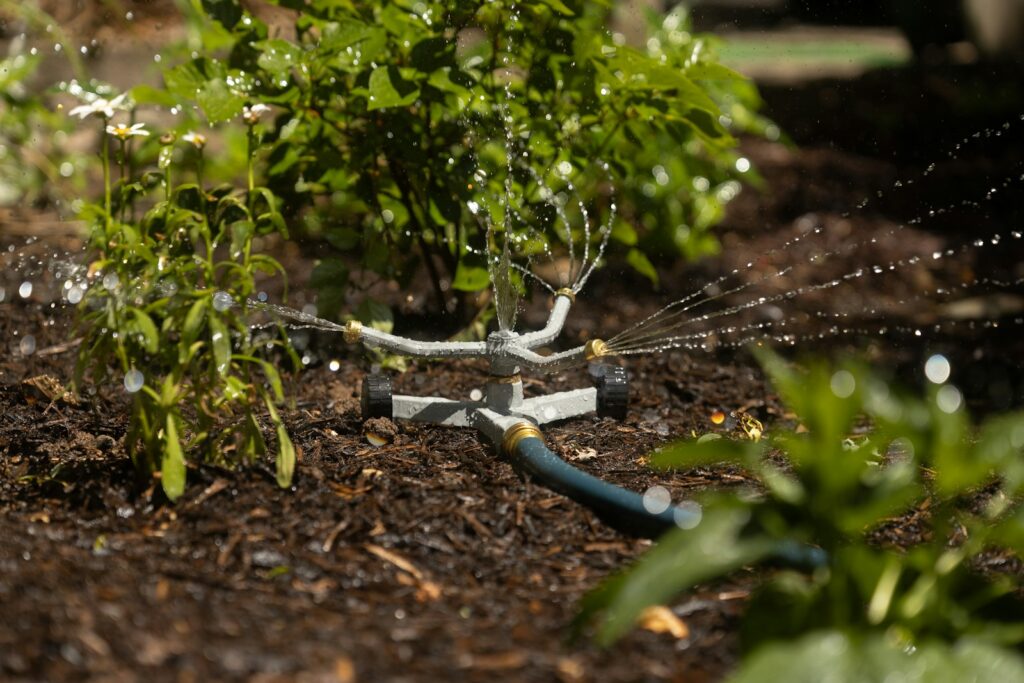
If you’re busy or forget to water sometimes, self-watering containers are a lifesaver. They store water in a reservoir and deliver it slowly to your plant.
This keeps soil moist and helps plants stay healthy even if you miss a day or two. Self-watering containers are great for beginners or anyone with a packed schedule.
They also cut down on water waste by sending moisture right to the roots. Just make sure the container is deep enough for your plant’s roots.
Pick frost-resistant containers for outdoor year-round use
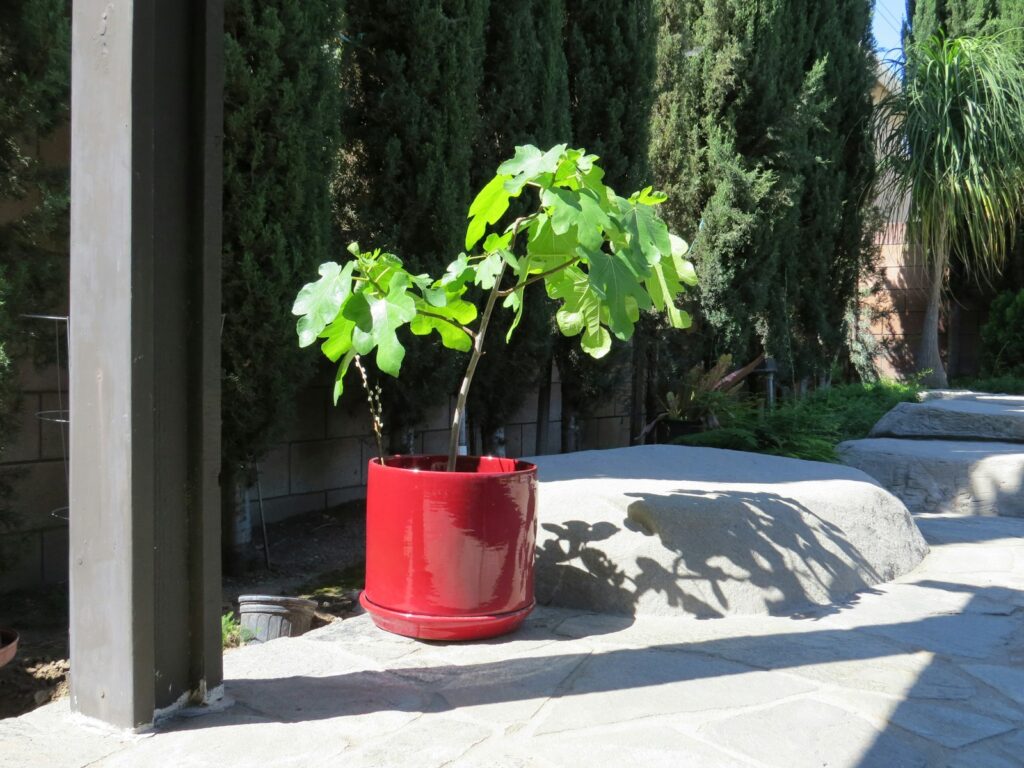
If your garden lives outside all year, pick containers that can handle cold weather. Frost can crack some pots, especially thin ones.
Materials like fiberglass, metal, or resin hold up better in freezing temperatures. These pots protect your plants and last longer, even through winter.
Heavy pots are less likely to tip over in windy weather. With frost-resistant containers, you can leave your garden outside without worrying about damage.
Select wide and shallow pots for herbs and succulents
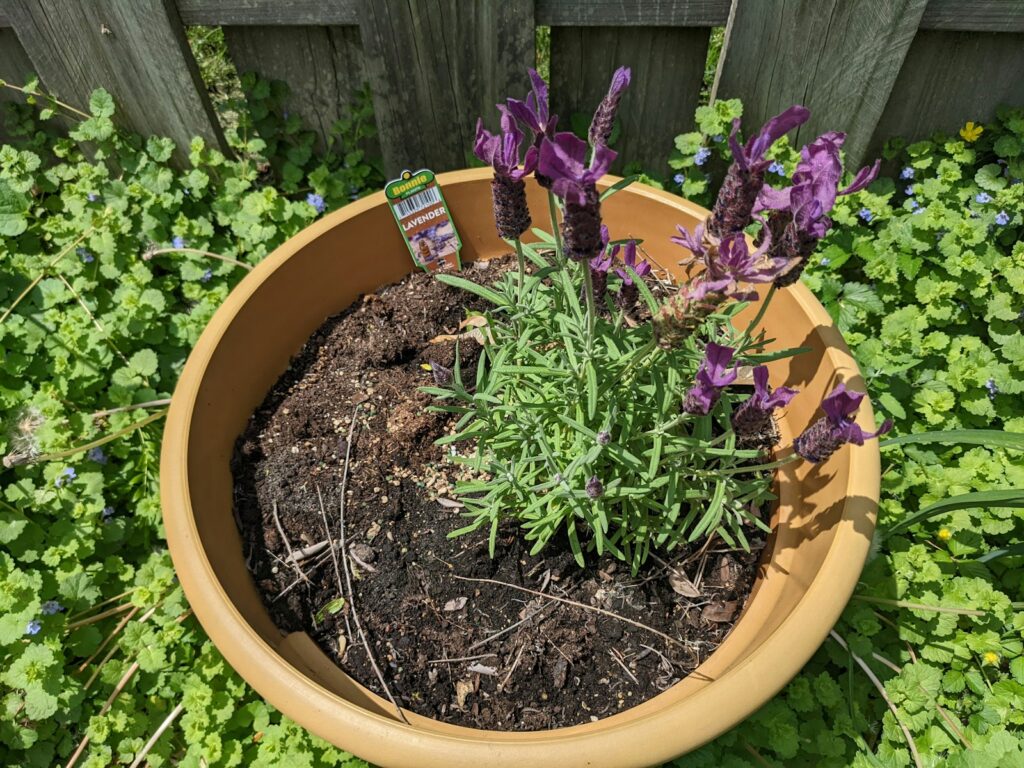
Herbs and succulents have shallow roots that don’t need deep soil. Wide, shallow pots give them the space they need to spread out.
These pots help prevent too much moisture from building up. That’s important since herbs and succulents like quick-draining soil.
Wide, shallow containers also make it easier to water without drowning the roots. Your plants will thank you by growing fuller and healthier.
Use durable resin pots for long-lasting garden setups

Resin pots are a solid choice if you want something that lasts. They’re lightweight, so you can move them around easily, but tough enough to handle the outdoors.
These pots resist cracking and fading from sun or cold. They’re also simple to clean and come in lots of styles and colors.
A good resin pot can make your garden look great for years without extra work. They’re a smart pick for both new and experienced gardeners.
Choose dark-colored pots for heat-loving plants

If your plants love warmth, dark-colored pots can help. They soak up more sunlight, which keeps the soil warmer for heat-loving plants.
This can help some plants bloom faster or grow better in cooler weather. Just remember to check the soil more often, since it can dry out quicker in dark pots.
Dark pots are an easy way to give a little extra heat to plants that need it. Watch your watering, and your garden will thrive.
Container Materials Explained
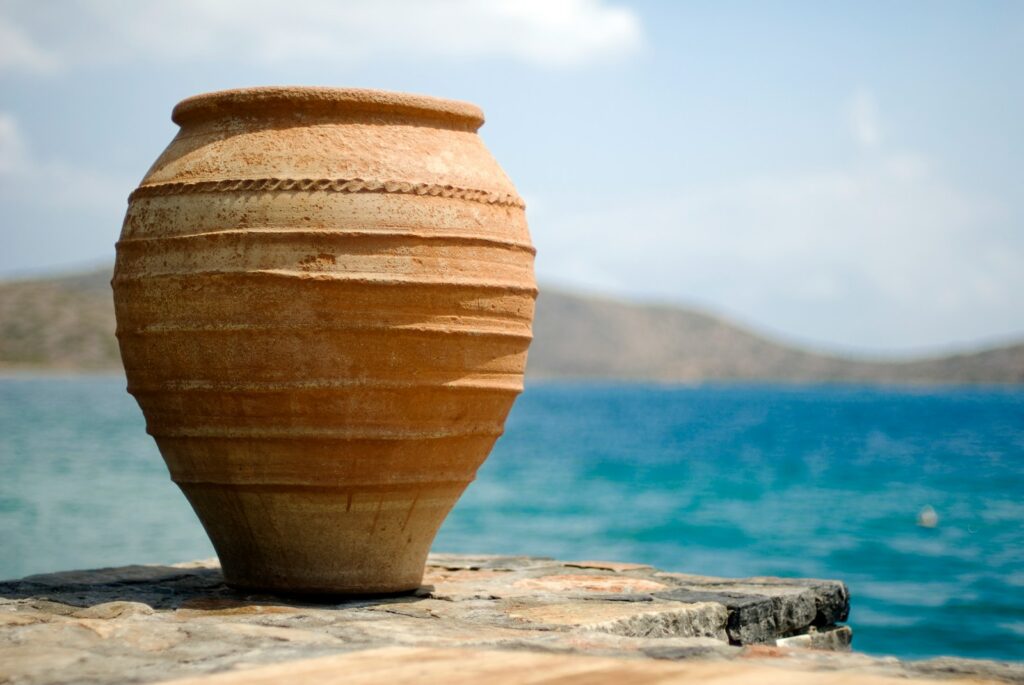
Picking the right material for your containers is about more than just looks. Some materials keep water in, others are easier to move, and some last longer outdoors.
You can also think about how eco-friendly your pots are and how much care they’ll need over time.
Pros and Cons of Common Materials
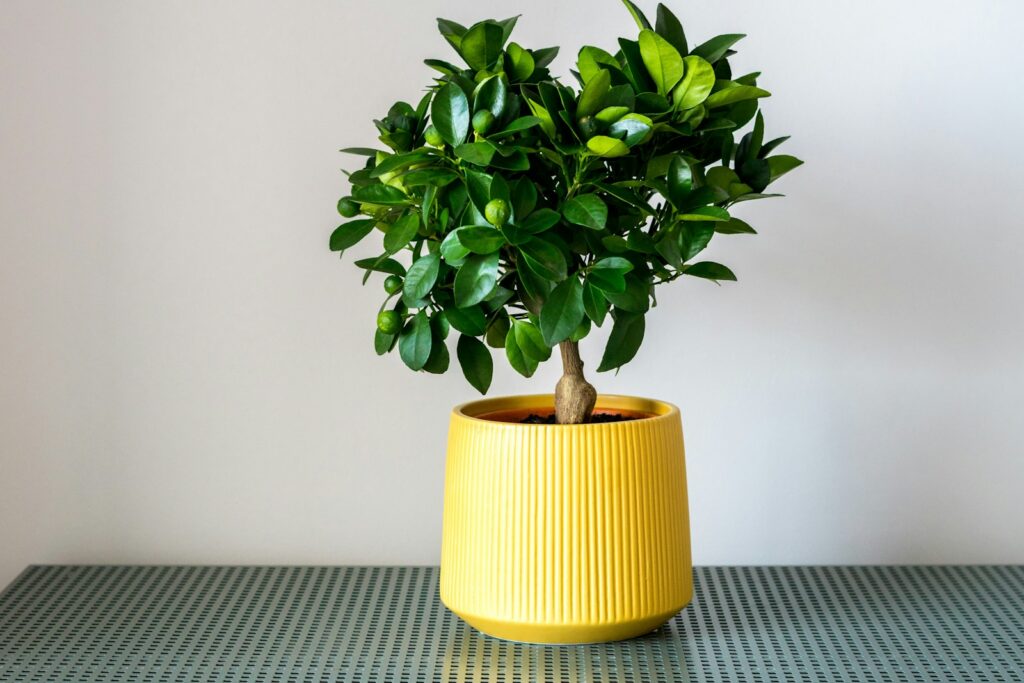
Plastic containers are lightweight and affordable. They keep soil moist longer but aren’t as breathable, which can sometimes cause overwatering.
Terracotta pots let air and water pass through, helping prevent soggy roots. They dry out quickly and can break if dropped or left out in freezing weather.
Ceramic pots look beautiful and come in lots of styles. They hold moisture better than terracotta but are heavier and can crack easily.
Metal pots are sturdy and modern but heat up fast in the sun. You may need to line them so roots don’t get too hot.
Choosing Sustainable Options
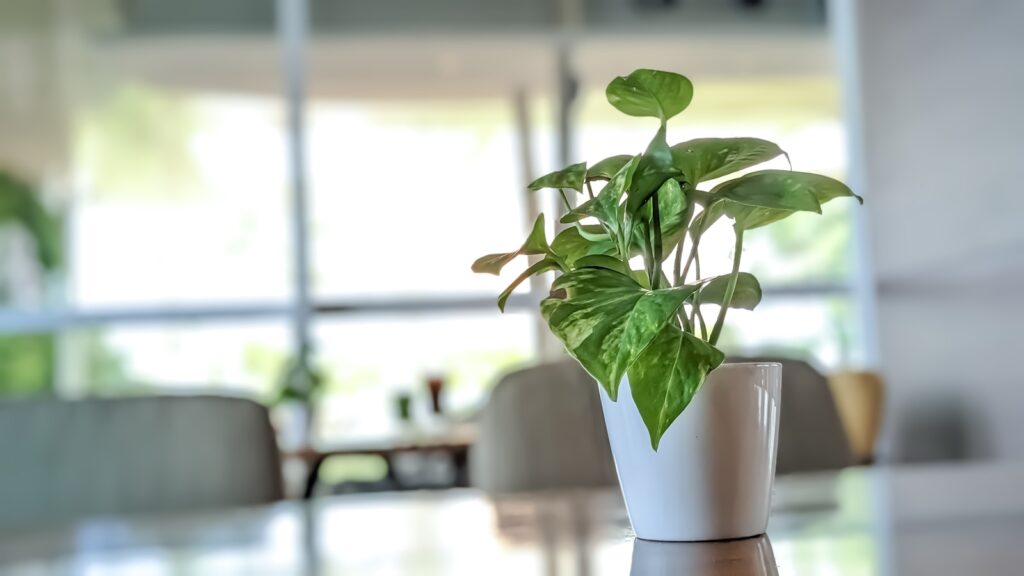
If you want to be eco-friendly, look for pots made from recycled plastic or renewable materials like coconut coir or bamboo. These options reduce waste and can break down more easily at the end of their life.
Try reusing old pots or making your own from things like wooden crates or tin cans. Durable containers also mean you buy less often, which is good for the planet and your wallet.
Drainage and Placement Considerations
Where you put your containers and how well they drain is just as important as the material or size. Good drainage keeps roots healthy and helps prevent problems like root rot.
Importance of Proper Drainage
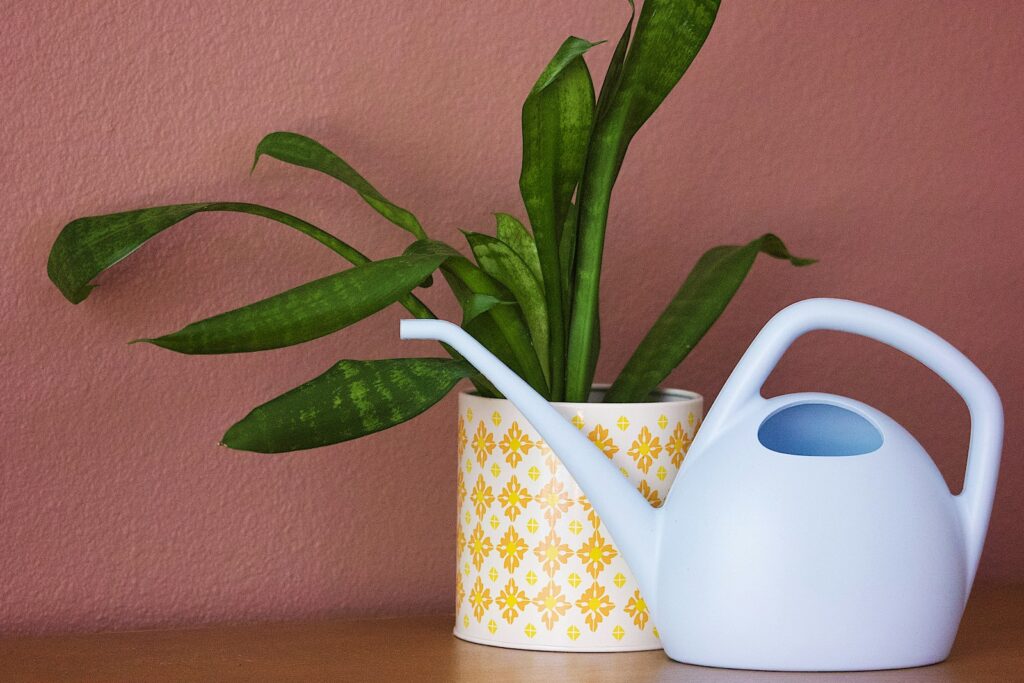
Always check for drainage holes in your containers. Water needs to escape so the soil doesn’t get soggy.
More holes mean better drainage. Use well-draining soil and skip the gravel at the bottom, which can actually trap water.
If your favorite pot doesn’t have holes, you can drill some or use a smaller pot with holes inside a decorative one. This way, your plants get the drainage they need and you get the look you want.
Where to Place Your Containers for Best Results

Finding the perfect spot for your containers can make all the difference in how your plants grow.
Most vegetables need at least six hours of sun. Some herbs and flowers prefer a bit of shade, so pay attention to each plant’s needs.
Keep containers spaced out so air can move between them. This helps prevent mold and fungal diseases that can sneak up on crowded plants.
Avoid placing pots where water pools underneath. Standing water can harm roots and lead to unhealthy plants.
Try elevating your containers with pot feet or blocks. This lets water drain out and keeps roots from sitting in soggy soil.
As the seasons change, check if your plants are still getting the right amount of sun and shade. Sometimes a quick move can make your garden thrive.
If you want to learn more about choosing containers with good drainage, check out this guide on selecting the right drainage holes for containers.

